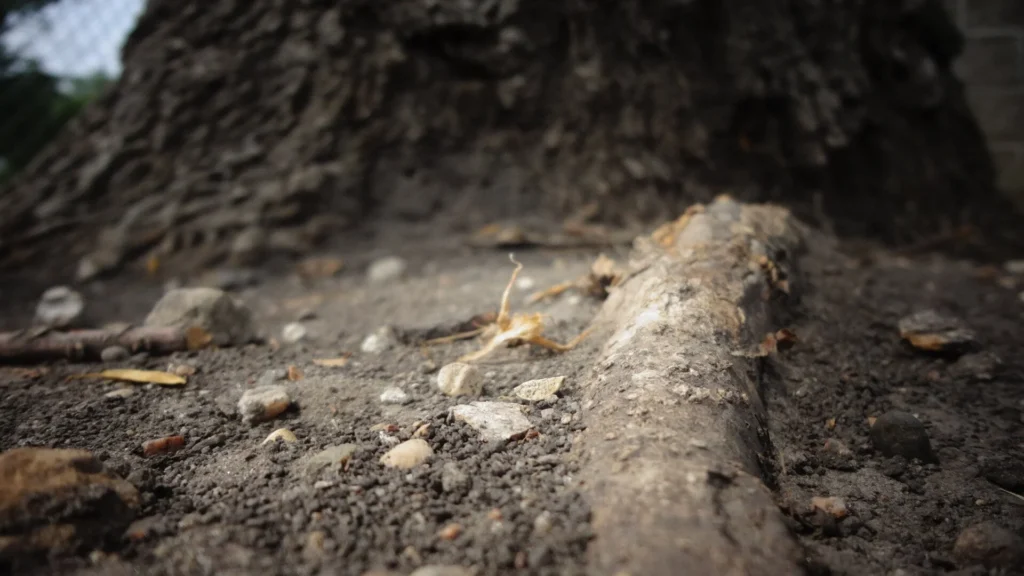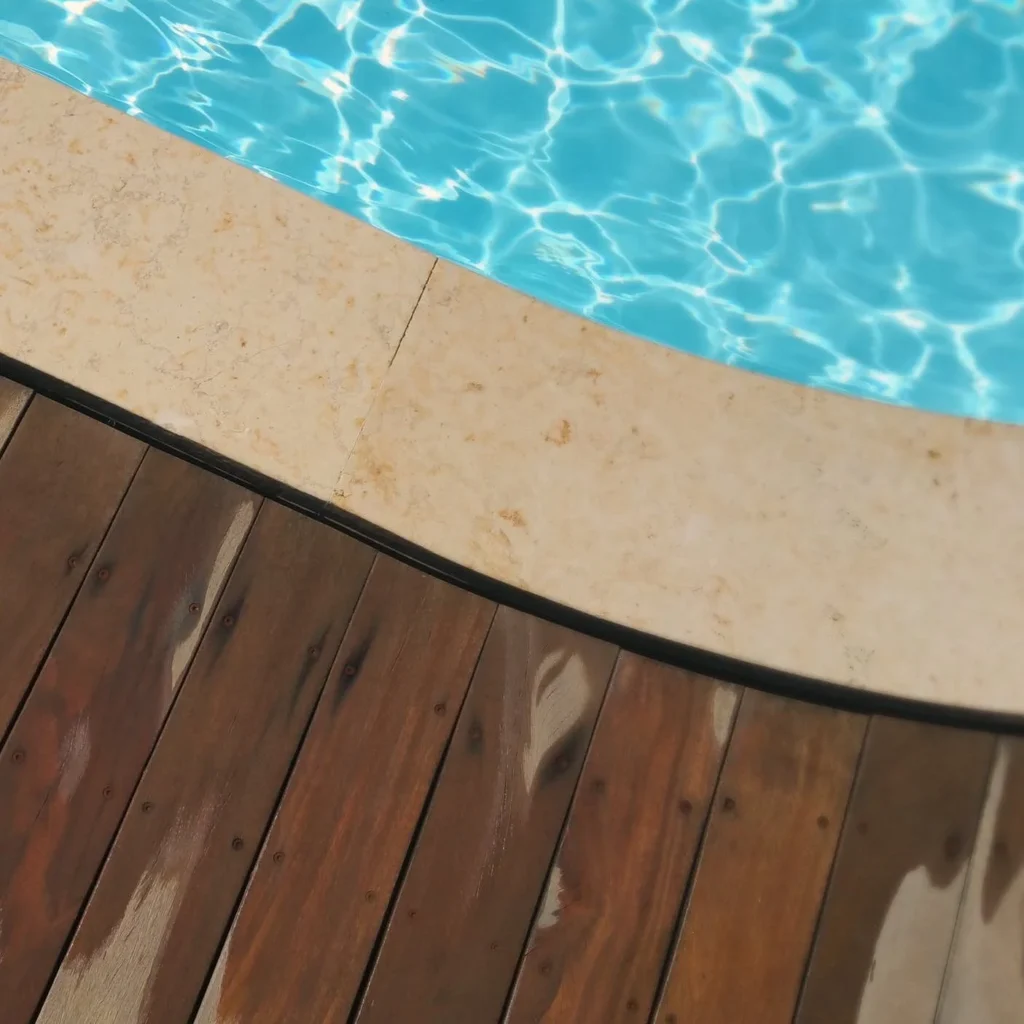Paths and walkways are an essential landscaping feature in the garden, providing easy access to the veggie patch, washing line or shed.
However, some paths are prone to flooding after heavy rainfall or a prolonged period of wet weather. This can be particularly problematic in Auckland, where clay soil tends to be prevalent. Clay is denser than sandy soil and tends to get waterlogged easily, so when water flows off your path onto clay soil there’s simply nowhere for it to go.
Paths that are often submerged under large puddles of water are likely to become covered in slippery moss or suffer structural damage such as cracks and shifting. Soggy soil around paths without adequate drainage can also lead to widespread damage in your garden, leaving you with wilted, dead plants.

How does the choice of path material affect drainage?
Paved concrete or asphalt paths are particularly prone to flooding. A smooth paved surface allows you to easily manoeuvre a pram, wheelchair or wheelbarrow through your garden, but unfortunately, they make it difficult for water to drain away, as these impermeable materials don’t absorb any water.
Permeable materials, such as gravel or loose pebbles, allow water to filter through the path into the soil underneath.
If your paths are constructed from permeable material and the soil in your garden is sand or loam, you may find that the soil alone provides adequate drainage. If you have a paved path or clay soil, on the other hand, you will likely need to install a channel drain system.
How can a channel drain fix a flooded path?
Channel drains are one of the most effective ways to deal with excess surface water on paths and walkways. They quickly funnel water off your property and into the public stormwater system through narrow grates in the ground.
In our experience, channel drains are one of the most popular drainage systems for garden paths because they’re simple to install, affordable and minimal in appearance.
What can homeowners do to prevent flooded paths?
We don’t recommend laying channel drains yourself, as they can be difficult to install properly without any experience. If laid incorrectly, without the right gradient and cesspits in place, you may cause further damage to your property in the process, funnelling water towards your house or damaging your drains by allowing debris to enter the channel drain system.
However, there are plenty of DIY jobs you can tackle to reduce surface water flooding:
- Repair any broken gutters and keep them clear to ensure that water from your roof doesn’t flow onto garden paths
- Replace loose tiles on your roof, as loose or broken tiles can alter the flow of rainwater away from gutters into the garden
- Rake the garden regularly, particularly during autumn, to avoid drain blockages caused by leaves and ensure that your existing drains are working efficiently




